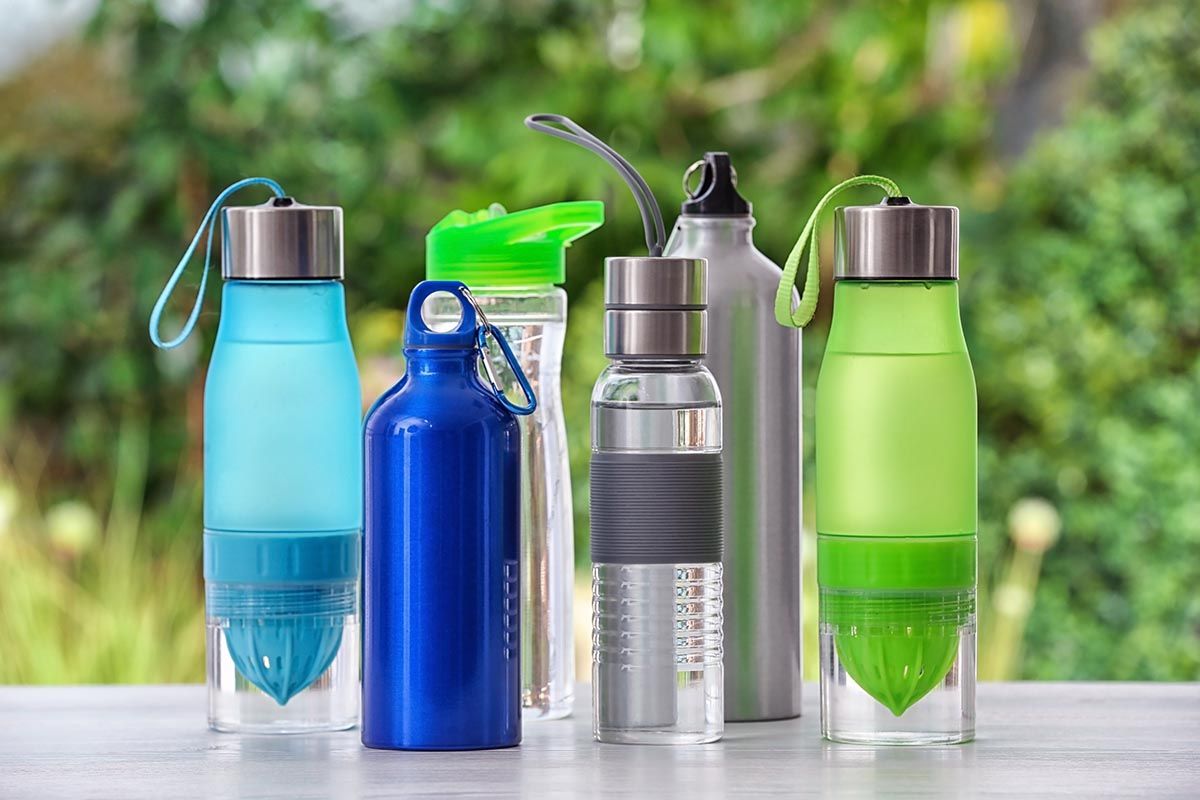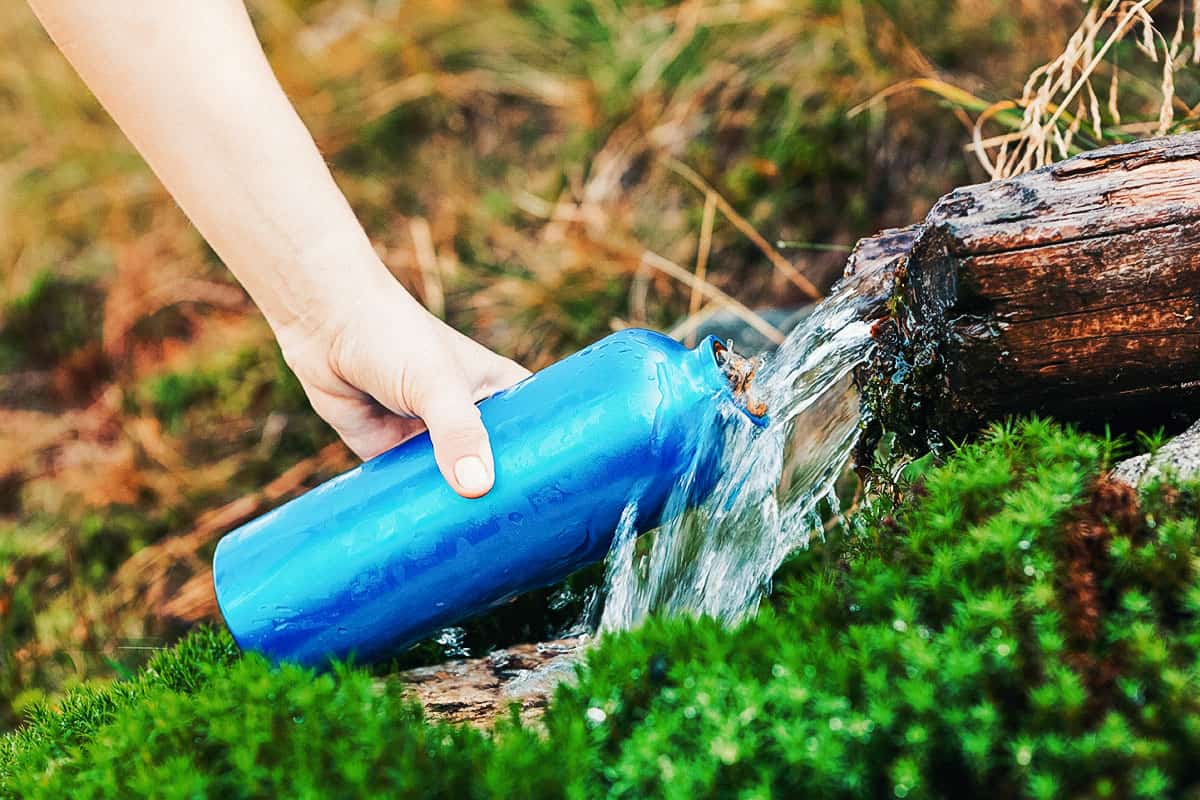Food safety experts warn that hygiene is essential when it comes to these containers in order to prevent the accumulation of bacteria and fungi that can affect health.
Reusable bottles have become an essential item nowadays. Whether going to the gym, during the working day or even when travelling, it is essential to have a thermos flask with water, coffee or a refreshing drink that can be used daily. However, food safety experts warn that the hygiene of these containers is essential to prevent the accumulation of bacteria and fungi.
In this regard, Lluís Riera, director of the consulting firm Saia, explained to Rac1 that even those who opt for disposable plastic bottles are at even greater risk. This is because ‘reusing single-use bottles leads to the problem of bisphenol accumulation (an endocrine disruptor) in our bodies.’ For this reason, Riera has stressed the importance of choosing bottles specifically manufactured for prolonged use and avoiding disposable containers.
Even so, proper maintenance still raises questions, as washing and disinfecting bottles correctly after each use is key to ensuring health safety. But, ‘it is not enough to just rinse it a little and refill it,’ warned the expert. The specialist provided some tips for eliminating any microorganisms from bottles, which have been all the rage since the pandemic.
‘Where the water is continuously heated and cooled’
In developing strategies to keep these containers clean, the director of Saia has pointed out several alternatives. Higher quality bottles usually include a long brush, similar to those used for baby bottles, whose function is to access the less visible areas of the container. Using this brush together with dishwashing soap and very hot water ensures a thorough cleaning.
If you don’t have a brush, there is a simple household remedy: rice. With just a handful of rice, soap and hot water, you can remove the dirt from the inside. The technique consists of shaking the closed bottle vigorously for a few minutes. To complete the process effectively, you should open the container from time to time while shaking it to prevent the pressure from increasing inside.
Traditional kitchen products, such as baking soda and white vinegar, are also recommended. In this case, the procedure would be to mix one tablespoon of each ingredient, fill the container about two-thirds full with hot water and shake it with a utensil. It is essential not to put the cap on during this reaction as a precaution, and after a few minutes, rinse the container several times to remove any residue or lingering taste. You should also pay attention to the caps. Once in place, they should be immersed in a glass of bicarbonate of soda and vinegar, as these ingredients are more effective at removing any microbes.

Plastic bottles will change again in 2025: after the cap that cannot be removed, there will be another new feature.
Other commercial alternatives include tablets for disinfecting dentures. These tablets can also be used to disinfect bottles: place one or two tablets in the full container, leave to stand for several hours and then rinse thoroughly with hot water and soap. However, some reusable bottles can be cleaned in the dishwasher. In this case, it is advisable to place them upside down on the bottom rack so that the water jet acts directly on the inside, and to place the cap in the cutlery basket to ensure that all parts are disinfected.
One of the most overlooked areas, but equally important in terms of cleanliness, is the outside of the bottle. This is essential, especially for containers that are cleaned by hand, as germs can develop on the outside of the containers. However, Riera has specified that it is not only necessary to be careful with the microorganisms that accumulate in reusable thermos flasks: ‘In automatic coffee machines (sometimes for those who do not drink much coffee in weeks) or kettles for making infusions, where the water is continuously heated and cooled,’ said the expert, highlighting that stagnant water promotes the growth of bacteria.




